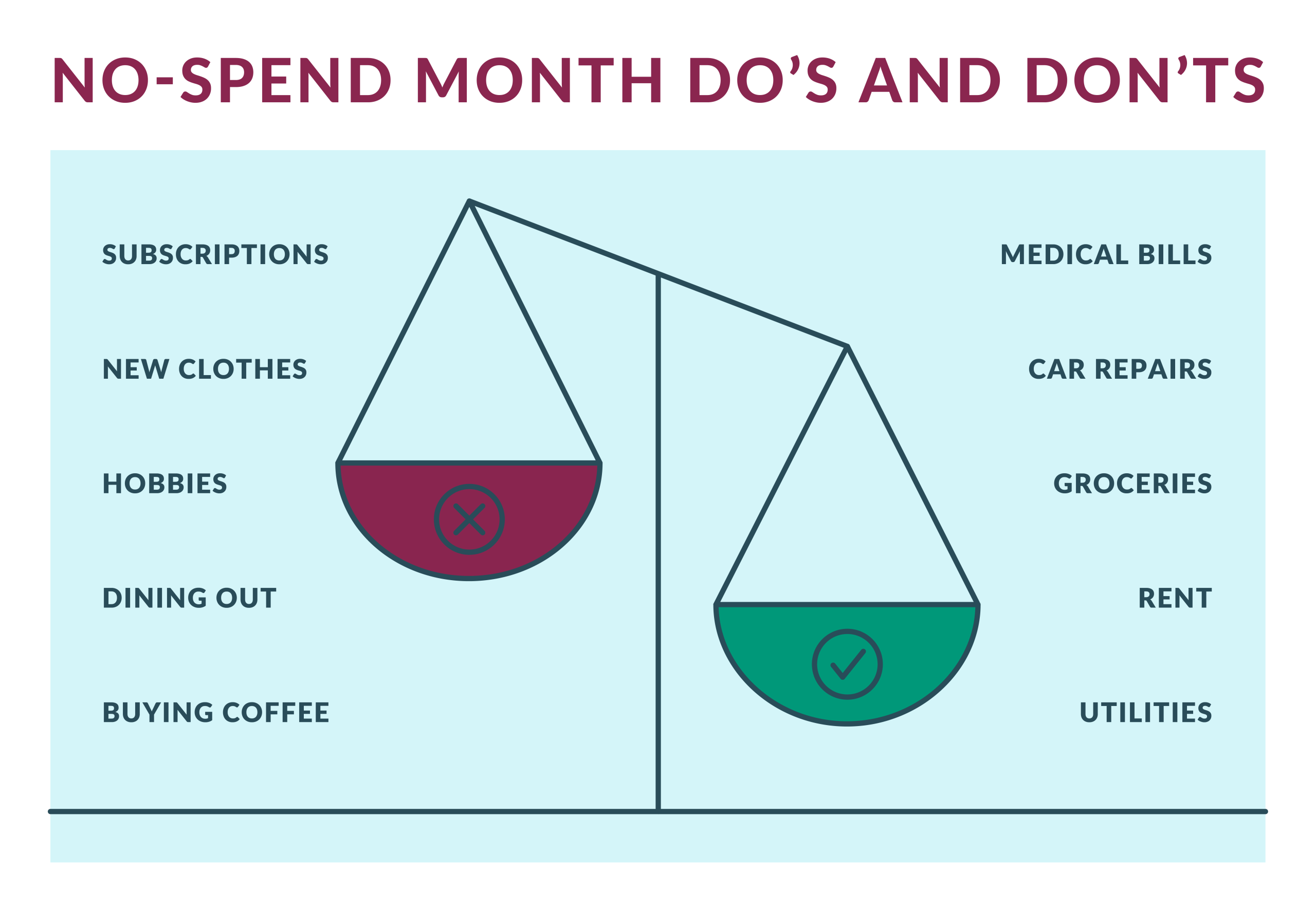Anúncios
When considering a personal loan, one of the most important factors to understand is the APR, or Annual Percentage Rate.
The APR represents the true cost of borrowing, including not only the interest rate but also any additional fees and charges associated with the loan.
As an annual percentage, the APR provides a clearer view of how much the loan will actually cost over time.
Understanding the APR is crucial for making informed financial decisions. It allows you to compare loan offers more effectively, ensuring that you’re not just looking at the superficial interest rate but the complete scope of what you’ll be paying. Learn more below!
How Does the APR of a Personal Loan Work?
The APR on a personal loan serves as a comprehensive measure of the loan’s cost. It encompasses the interest rate, which is the percentage charged on the principal amount of the loan, as well as any additional fees that the lender may impose.
These fees vary and can include origination fees, processing fees, and even insurance costs, all of which contribute to the total cost of the loan.
If you’re offered a loan with an interest rate of 8%, it might seem like a good deal at first glance.
However, if the lender also charges a significant origination fee, that fee will be included in the APR, potentially raising the total percentage.
Thus, the APR provides a more accurate reflection of the real cost of the loan, considering both the interest rate and these additional charges.
This comprehensive nature of the APR makes it a key factor in comparing different loan offers. Even if two loans have similar interest rates, the one with the lower APR is generally the more affordable option due to fewer additional costs.
How is the APR Calculated?
While the APR calculation involves various variables, the concept behind it is simple: it is designed to give borrowers a complete view of the cost of borrowing.
The APR takes into account the interest rate of the loan, as well as any fees or additional costs that are part of the loan agreement.
These costs are annualized to provide a percentage that reflects the total annual cost of the loan.
To explain further, for example, when you take out a personal loan, you might encounter fees such as origination fees, which are typically a percentage of the loan amount.
Along with the interest rate, these are included in the APR calculation to provide a more accurate picture of what and how much you will pay over the life of the loan.
By understanding how the APR is calculated, you can better compare different loan offers. This helps you look beyond the basic interest rate and understand the total cost of borrowing, which is crucial for making an informed decision.
Is There an Average APR for Personal Loans?
Yes, there is an average APR for personal loans, but this value can vary depending on several factors. In the U.S., personal loan APRs typically range from about 6% to over 36%.
The specific APR offered depends on your credit score, the amount of the loan, and the lender’s policies.
Borrowers with excellent credit scores (usually 750 or higher) generally expect to receive lower APRs, often in the single digits.
If your credit score is lower or if you’re requesting a smaller amount, you might see APRs in the higher range, reaching or exceeding 20%.
Additionally, the type of lender you choose—whether it’s a bank, credit union, or online lender—can also impact the APR you’re offered.
It is very important to research and compare APRs from different lenders to ensure that you’re getting the best deal possible. Remember, even a small difference in APR can result in significant savings over the life of your loan.
What is a Good APR for a Personal Loan?
Determining what constitutes a “good” APR for a personal loan depends on your specific financial situation.
Generally, a good APR for a personal loan is one that is below the average for your credit score range.
For borrowers with excellent credit, a good APR might be anything below 10%. If your credit score is in the mid-range, you might consider an APR between 10% and 15% as reasonable.
But for those with lower credit scores, an APR above 15% may be unavoidable, but you should still try to find the lowest rate possible within that range.
The key is to compare offers from multiple lenders. Even if your credit is not perfect, you might find that different lenders offer varying APRs based on how they assess your risk as a borrower.
Use these comparisons to negotiate better terms and ensure that you’re getting a rate that aligns with your financial goals.
Understanding the Difference Between APR and Interest Rate
Although APR and interest rate are often confused, they are not the same thing. The interest rate is simply the cost of borrowing the principal amount, expressed as a percentage. It does not account for any additional fees or charges.
APR, on the other hand, provides a more comprehensive view, including the interest rate plus any other costs associated with the loan.
A loan with a low interest rate but high overall fees might end up having a higher APR, making it more expensive than a loan with a slightly higher interest rate but lower overall fees.
When comparing loans, it’s essential to look at the APR rather than just the interest rate. The APR gives a true picture of what you’ll pay in total, allowing you to make a more informed decision.
Tips for Comparing APRs on Personal Loans
Comparing APRs among different personal loan offers can help you find the most affordable option. Here are some tips to keep in mind when making your comparison:
Consider the Loan Term
The term of your loan—the time over which you will repay it—can have a significant impact on the APR.
Loans with shorter terms generally have lower APRs because the lender is assuming less risk. However, they also tend to have higher monthly payments.
On the other hand, loans with longer terms might come with higher APRs but lower monthly payments. It’s important to find a balance between the APR and the loan term.
While a lower APR is generally better, ensure that the monthly payment fits within your budget. A loan that stretches your finances might lead to missed payments and additional fees.
Watch for Hidden Fees
When evaluating loan offers, be on the lookout for hidden fees that could increase the APR. Common fees include origination fees, charged by some lenders to process the loan, and prepayment penalties, imposed by some lenders if you pay off the loan early.
These fees are factored into the APR, but it’s still important to understand what they are and how much they will cost.
Some lenders might offer loans with lower APRs but higher fees, so it’s important to read the fine print and understand all the costs involved.
Know Your Eligibility
Your eligibility for a personal loan—and the APR offered to you—depends largely on your credit score, income, and overall financial health.
Lenders use these factors to assess the risk of lending to you. If you have a high credit score and stable income, you’re more likely to qualify for loans with lower APRs.
Conversely, if your credit score is lower, you might face higher APRs, but improving your credit score can help you secure better rates in the future.
Use Online Resources
There are numerous online resources available that can help you compare personal loan offers.
Many websites allow you to enter your financial information and receive personalized loan offers from multiple lenders.
These tools can save you time and provide a clearer view of what’s available to you. In addition to comparing APRs, these tools also help you compare other factors such as loan terms, monthly payments, and fees.
A more comprehensive approach can help you find the loan that best meets your needs.
This knowledge can help you compare loan offers more effectively and choose the one that best fits your financial situation.
As you navigate the world of personal loans, remember to look beyond the interest rate. Focus on the APR, consider the loan term, and be aware of any fees that could impact the total cost of the loan.
With a clear understanding of these factors, you’ll be better prepared to find a loan that meets your needs without straining your budget. Take advantage and find out how to apply for a personal loan.






